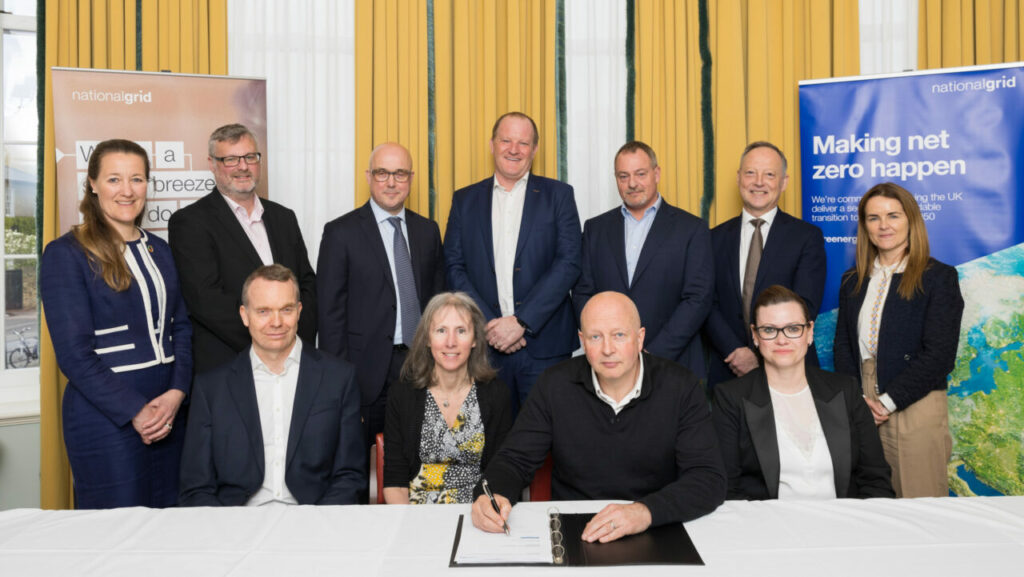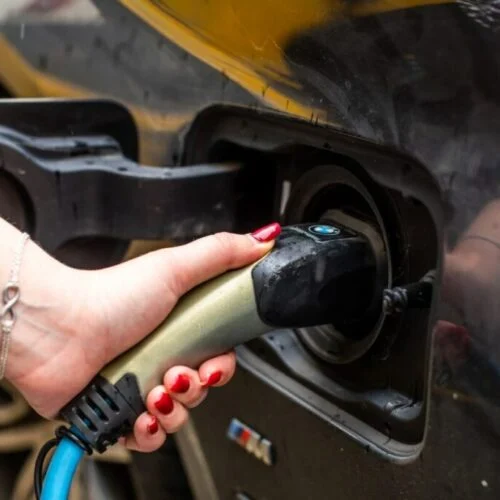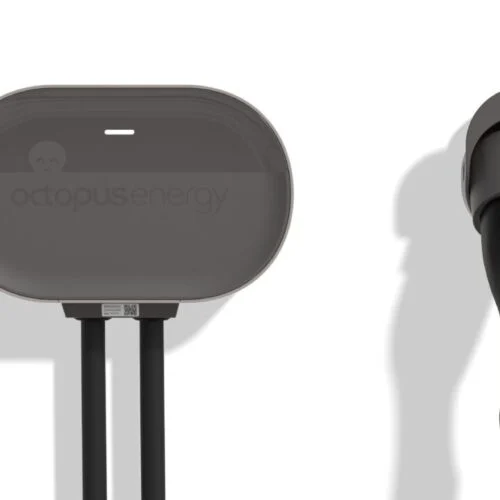Today (1 May), National Grid launched the Great Grid Partnership, an ‘enterprise model’ responding to UK supply chain and skills shortages.
It has named the first seven supply chain partners who will support the delivery of nine Accelerated Strategic Transmission Investment (ASTI) projects across England and Wales.
The ASTI projects form a key part of the Great Grid Upgrade, which is building the new electricity network infrastructure required to connect 50GW of offshore wind by 2030. Once established, the model will deliver opportunities and benefits beyond the initial ASTI framework.
The Great Grid Partnership will initially focus on network design and construction work needed by the end of the decade and is part of a £9 billion supply chain framework that will also support infrastructure projects beyond 2030.
Carl Trowell, president of strategic infrastructure at National Grid, said: “Today’s announcement is another significant and exciting milestone in the delivery of The Great Grid Upgrade – the largest overhaul of the electricity grid in decades. The scale and pace of this upgrade requires us to unite as an industry and to think and act differently.”
Two design and consenting service partners – AECOM and WSP – and five construction partners – Laing O’Rourke; Morgan Sindall Infrastructure; Morrison Energy Services; Murphy; Omexom Taylor Woodrow – are joining National Grid in the newly formed Great Grid Partnership.
Trowell added: “This Great Grid Partnership is a ground-breaking initiative from National Grid that places our supply chain partners at the heart of our infrastructure upgrade programme. All our chosen partners have an established history of successful collaboration in delivering major projects and enabling innovation to thrive.
“By sharing best practice and collaborating across nine of our critical major ASTI infrastructure projects, we will set the gold-standard for future infrastructure projects.”
The partnership is intended to speed up the delivery of ‘much needed’ national electricity infrastructure by taking an alternative approach to UK supply chain and skills issues. The ‘enterprise model’ group, which brings together National Grid’s supply chain partners, aims to coordinate the planning and implementation of projects.
Each supplier will be able to pool resources, skills, insights and experience for faster, more economic delivery. The creation of long-term strategic relationships means National Grid partners will work collectively – as an enterprise – to drive value and innovation.
The partnership comes as demand for products, skills and services rises globally, representing a huge challenge as countries ramp up investment in the energy transition.
According to the DSO, investment in the UK’s electricity network industry will contribute an average of £18.4bn to GDP and support around 220,000 jobs each year between 2024 and 2035.
Minister of State for Energy Security and Net Zero, Justin Tomlinson, said: “The sooner we connect renewables to our grid, the sooner we can bring bills down and achieve our net zero ambitions.
“These new partners will help deliver vital network upgrades, supporting thousands of jobs and helping connect up to 50GW of offshore wind by 2030. On top of this our major reforms announced in the Autumn Statement will cut the average delay for projects waiting to be connected to the grid from 5 years to 6 months.”
National Grid Viking Link launched
At the beginning of April, National Grid unveiled a two-year action plan and expanded revenue stacking for flexibility services at a flagship event at London’s Battersea Power Station.
On 18 April, it formally launched Viking Link, calling it the “world’s longest” onshore and subsea interconnector between the UK and Denmark. The interconnector was initially turned on in December 2023, operating at a reduced capacity of 800MW due to system constraints put in place by the Danish System Operator, Energinet.






